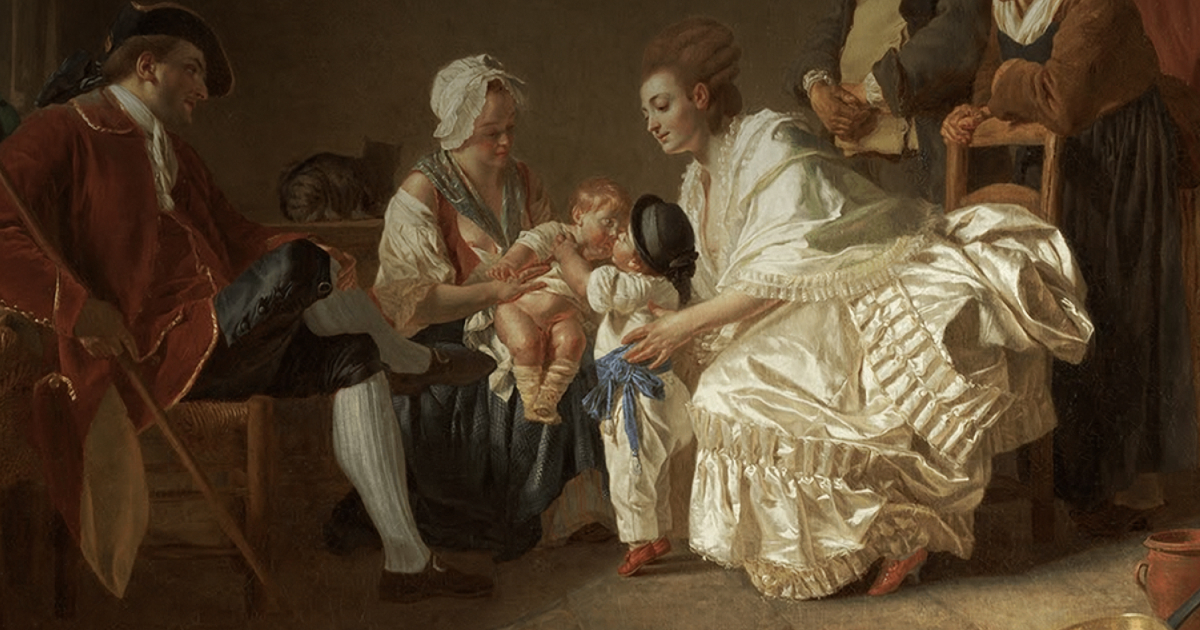Over the centuries there has been a degree of sibling rivalry between Franciscans and Dominicans. But one of the ways this rivalry has been kept in check is for Dominicans to preach to Franciscans on the feast of St Francis and for Franciscans to preach to Dominicans on the feast of St Dominic. Such a tradition helps to remind these two orders that their shared mission to spread the Gospel and serve the Church unites them more deeply than any rivalry could divide them. As a Dominican friar, I was very happy to celebrate the Franciscan Order on St Francis’s feast day, 4 October. But as someone with a scientific background, I’m also very happy to celebrate the Franciscan Order’s historical contribution to science.
St Francis himself had a deep appreciation for the natural world, which he expressed in his famous Canticle of the Sun. In this canticle, St Francis speaks of Brother Sun and Sister Moon, evoking the sense that all of creation continually praises God, revealing His glory through its own beauty. As the Franciscan friar Fr John Lenhart observes in his article Science in the Franciscan Order: A Historical Sketch, “where other men saw only fleeting beauty, St Francis perceived by intuition the eternal links which bind the physical order to the moral order, and the eternal principles which connect the mysteries of nature with the mysteries of faith.”
Although St Francis was opposed to the study of the purely secular sciences, it is understandable why future generations of Franciscans, inspired by his theology of creation, were drawn to such studies. In 1223, with St Francis’s approval, St Anthony of Padua opened the first Franciscan theological school at Bologna, and within a few years, similar schools were being established across Europe. Some of these schools began offering lectures on the natural sciences. Foremost among these schools was the convent of Friars Minor at Oxford. In 1230, the great scholastic philosopher, theologian and scientist Robert Grosseteste began teaching the Franciscans there. Although not a Franciscan himself, Grosseteste played a fundamental role in making the Oxford convent a leading centre for the study of the natural sciences in the thirteenth century.
Among Grosseteste’s most illustrious students was the Franciscan friar Roger Bacon. In 1914, at the unveiling of a statue of Roger Bacon in the University Museum, Oxford, the chancellor of the university, Lord Curzon, described him as one of the greatest men of genius Oxford had ever known. Bacon’s interests spanned theology, medicine, philology, mathematics, optics and chemistry. He was particularly imaginative in speculating about the possible applications of science. Bacon wrote one of the earliest European accounts of gunpowder and made significant contributions to the understanding of optics, anticipating developments that would lead to spectacles, telescopes and magnifying glasses. He also speculated about motorised travel by land, air and sea, and was among the first in the Middle Ages to attempt a scientific estimate of the time it would take to reach India by sailing west, a calculation later cited in the context of Columbus’s voyage.
Bacon and his teacher Grosseteste also anticipated aspects of the modern scientific method by stressing the indispensability of mathematics in natural philosophy and by their insistence on the importance of observation and experimentation as tests of a theory. Their belief in the radical contingency of creation on the will of God meant that the only way to discover how natural things behaved was to observe them. Bacon, along with other Franciscans such as Richard of Middleton and William of Ockham, were among the first scholastics to explore the possibility of a vacuum in direct opposition to Aristotle. Although they only thought of the vacuum as a theological possibility, they helped later generations of scientists to treat the vacuum as a physical reality, thus indirectly paving the way for Newtonian dynamics, which conceives of a universe of bodies moving through empty space. Contemporary physics may well suggest that Aristotle was correct to deny the reality of a vacuum — so-called empty space is found to be a sea of quantum fluctuations. Nevertheless, without the intellectual daring of these medieval Franciscans, the journey of scientific discovery that led to the development of quantum field theory and general relativity might have been considerably delayed.
With the amazing technological developments in the wake of the scientific revolution, it can be very tempting to place our ultimate trust in science rather than in God. But if we remember St Francis’s vision that inspired the great scholars of his order, then science should in no way be seen as a threat to our faith; rather, science helps us to uncover the hidden beauty of creation, which is always singing the praises of our God.










.jpg)





